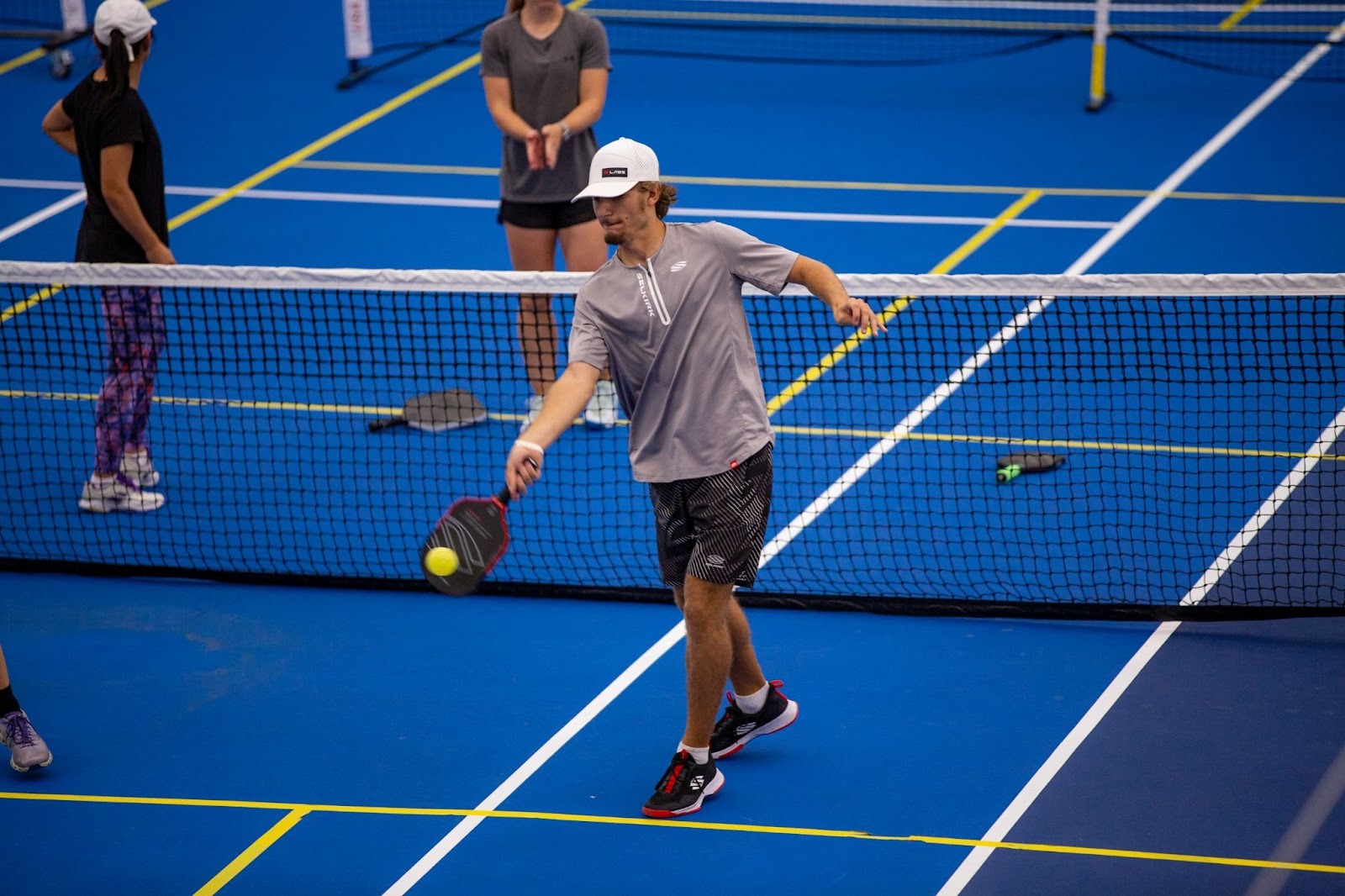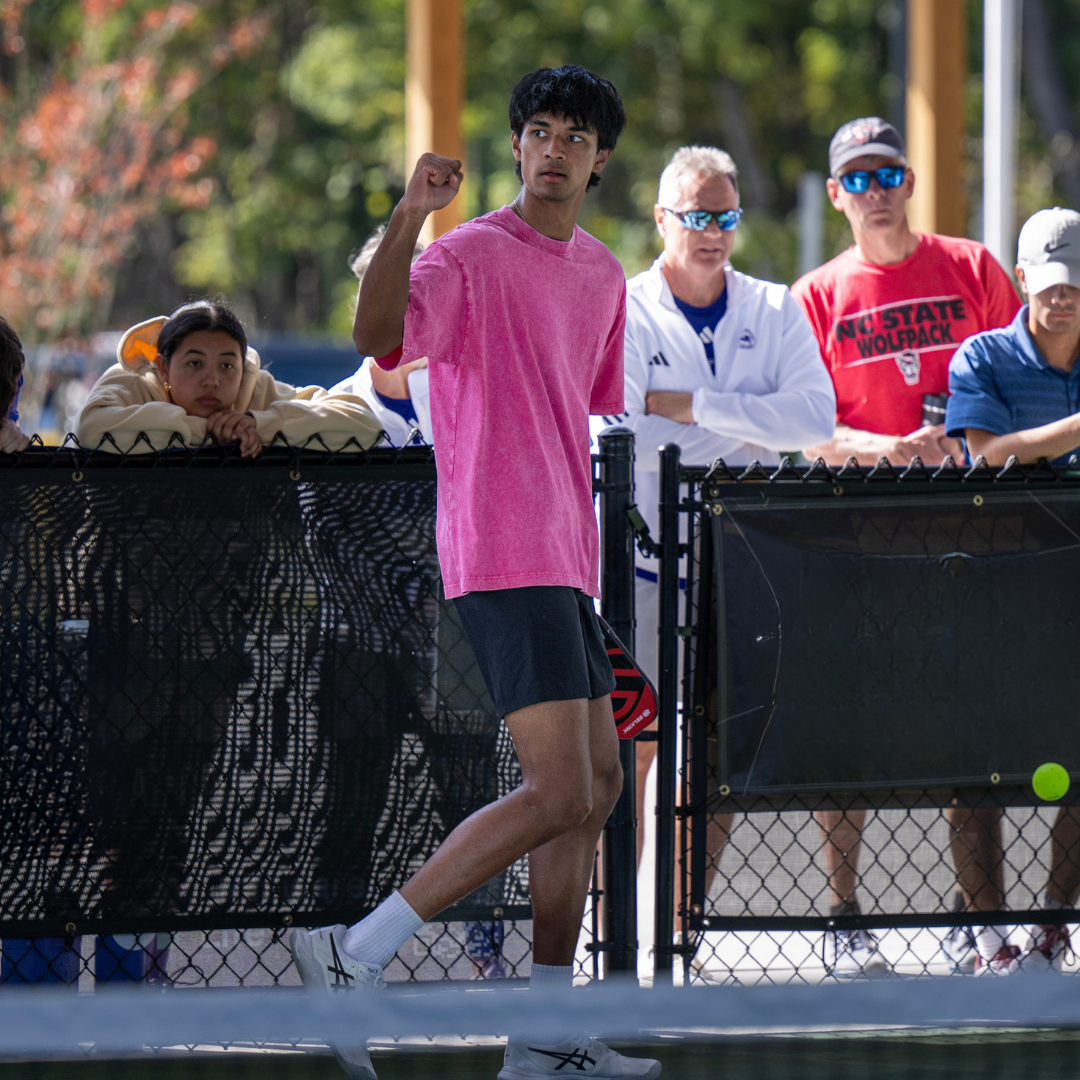Let’s Talk Ratings: Understanding the Latest DUPR Update

At DUPR, our goal is simple: to provide the most accurate reflection of your skill on the court. Recently, some players have raised concerns about the latest algorithm update, particularly:
1. Rating dropping after a win.
2. Higher-rated players hesitating to enter tournaments for fear of their DUPR dropping.
3. A perceived decline in tournament participation.
Why a Win Can Sometimes Lower Your DUPR
The biggest shift in the updated model is how it measures performance versus expectation. In the past, any win resulted in a rating increase, regardless of the opponent or score. That approach often inflated ratings for players who consistently played down, while players who challenged themselves against tougher competition saw limited progress.
So, is a win a win? Absolutely. That win might advance you in a tournament, boost your league standing, or give you bragging rights - but in terms of rating, a win doesn’t always mean you performed above expectations.
Here’s an example: if a team is expected to win 11-5 but instead wins 11-9, the match was closer than predicted. That tells us the underdog performed better than expected, and we move both teams’ ratings slightly closer together. Next time, the prediction might be 11-6 instead of 11-5, which is a more accurate reflection of what actually happened on court. If we ignored that nuance and rewarded the winners automatically, we’d be saying the stronger team should win by even more next time, which doesn’t reflect reality.
This isn’t about punishing wins; it’s about preserving accuracy. A DUPR rating is not a reward or penalty - it’s a measurement of skill, designed to predict future performance as precisely as possible. By rewarding performance that exceeds expectations rather than just outcomes, the system stays fair, balanced, and representative of actual ability.

Addressing Concerns from High-Level Players
Some high-level players have expressed concern about competing in local events, where they may face lower-rated opponents and feel pressure to win decisively to maintain their rating.
Before the algorithm update, players could compete against lower-rated opponents and, as long as they won, there were no negative adjustments to their rating. This often led to inflated ratings for players who consistently played down, while players who played up struggled to see their rating rise even as they improved. The updated model corrects that, keeping ratings fair, stable, and reflective of real on-court performance.
There will naturally be an adjustment period as inflated ratings settle and the system rebalances. During that time, some high-level players may see drops in their rating before stabilizing at a level that more accurately represents their play. If your rating truly reflects your ability, one underperformance won’t define it - strong results afterward will move it right back up. A single match never determines a player’s DUPR; the system measures performance across formats and levels. The more varied and balanced a player’s match history is - with a mix of favorites, underdogs, and opponents near their level - the more precisely DUPR captures their true skill. So we encourage high-level players to continue seeking out opportunities at the professional level to challenge themselves against equally strong peers.
Tournament directors also play an important role by enforcing appropriate minimums for upper brackets. This helps ensure competitive balance and meaningful results for all players.

Has Tournament Participation Declined?
We’ve heard concerns that tournaments aren’t filling up or that registration has dropped since the update. However, the data tells a different story.
Across DUPR, total match activity has remained strong, and has even increased. In the three months before the algorithm update, uploaded DUPR matches averaged around 372,000 per month. In the three months after, that average rose to 382,000 per month.
Many of the vocal players expressing hesitation about competing are often more focused on protecting their rating than they are concerned with its accuracy. Ratings that were inflated under the previous system are now correcting toward a truer level. At DUPR, our priority is the accuracy and integrity of the rating, not simply rewarding players or keeping everyone happy after every match. The goal is to measure performance as precisely as possible, helping every player, club, and event organizer trust that a DUPR means the same thing everywhere it’s used.
While individual events will always vary depending on factors like timing, location, and format, overall engagement in DUPR-affiliated play continues to grow. The update has helped ratings stabilize, created fairer competition, and strengthened the system’s accuracy - all of which support the long-term health and growth of the sport.

The Big Picture
Change can take time to adjust to, especially when it affects something players care deeply about. The latest algorithm update wasn’t designed to make players want to play more or less or to sign up for different divisions - it was designed to measure player performance more precisely.
The result is a more accurate and trustworthy DUPR system that measures true performance, improves competitive matchups, and reflects every player’s real level on court. And as the data shows, the pickleball community continues to play, compete, and grow stronger than ever.
Have questions about your rating? Fill out this form and we’ll take a look.



%20(1).jpg)
.jpg)







